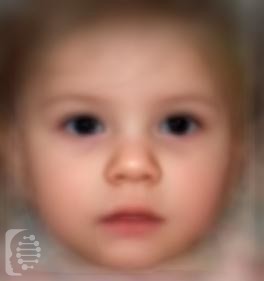What is Alternating Hemiplegia of Childhood?
Alternating Hemiplegia of Childhood is a rare neurological, genetic condition that generally appears when an infant reaches 18 months of age.
It was first identified in 1971. The syndrome is rare, occurring in less than 1 in 1 million live births.
The main symptom of the syndrome is periodic paralysis.
This syndrome is also known as:
AHC; Alternating hemiplegia of childhood.
What gene change causes Alternating Hemiplegia of Childhood?
⅔ of cases of the syndrome are the result of mutations in the ATP1A3 gene. The remaining cases are caused by mutations in the following gene ATP1A2.
The condition may be the result of a de novo mutation or be inherited in an autosomal dominant pattern, depending on the specific gene responsible for the syndrome in an individual.
In some cases, a genetic syndrome may be the result of a de novo mutation and the first case in a family. In this case, this is a new gene mutation that occurs during the reproductive process.
In the case of autosomal dominant inheritance, just one parent is the carrier of the gene mutation, and they have a 50% chance of passing it onto each of their children. Syndromes inherited in an autosomal dominant inheritance are caused by just one copy of the gene mutation.
What are the main symptoms of Alternating Hemiplegia in Childhood?
Episodes of temporary paralysis, either in one side of the body, or on both at the same side, or on alternating sides, is the major symptom of this syndrome, and this paralysis may last anywhere from minutes to days. Dance-like movements from the limbs and facial muscles are also common.
Some families report that specific environmental factors may trigger the episodes of paralysis, including extreme temperatures, crows, sleep interruptions, exercise, specific odors, foods, medicines, and noises. However, more research into these factors is required.
Seizures, abnormal eye movements, and muscle stiffness are also common features of the condition.
Possible clinical traits/features:
Mental deterioration, Intellectual disability, Episodic quadriplegia, Episodic hemiplegia, Bilateral tonic-clonic seizure, Headache, Choreoathetosis, Autosomal dominant inheritance, Nystagmus, Dystonia.
How is this Diagnosed?
To find out if someone has a diagnosis of Alternating Hemiplegia of Childhood, it is important to have a consultation and evaluation with a clinical genetic specialist. Specialists may also suggest specific genetic testing or other types of tests to help reach a diagnosis. FDNA’s AI technology can help speed up the diagnostic process by analyzing facial features and other health information.

